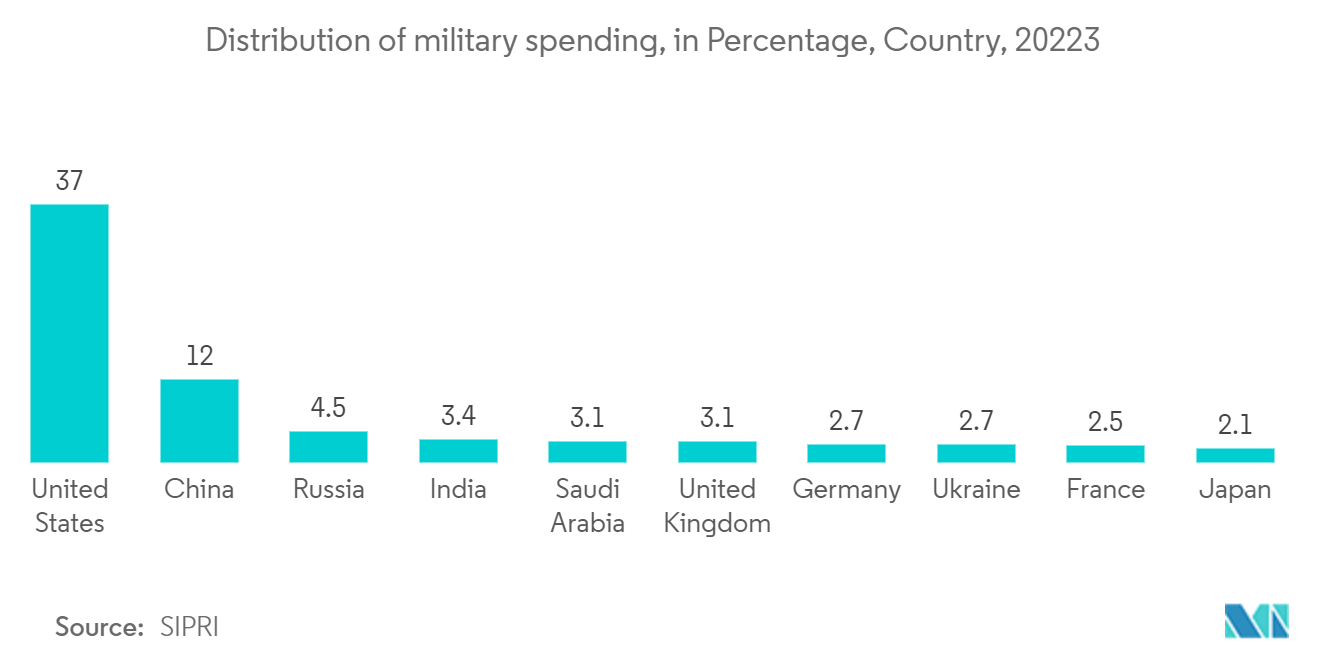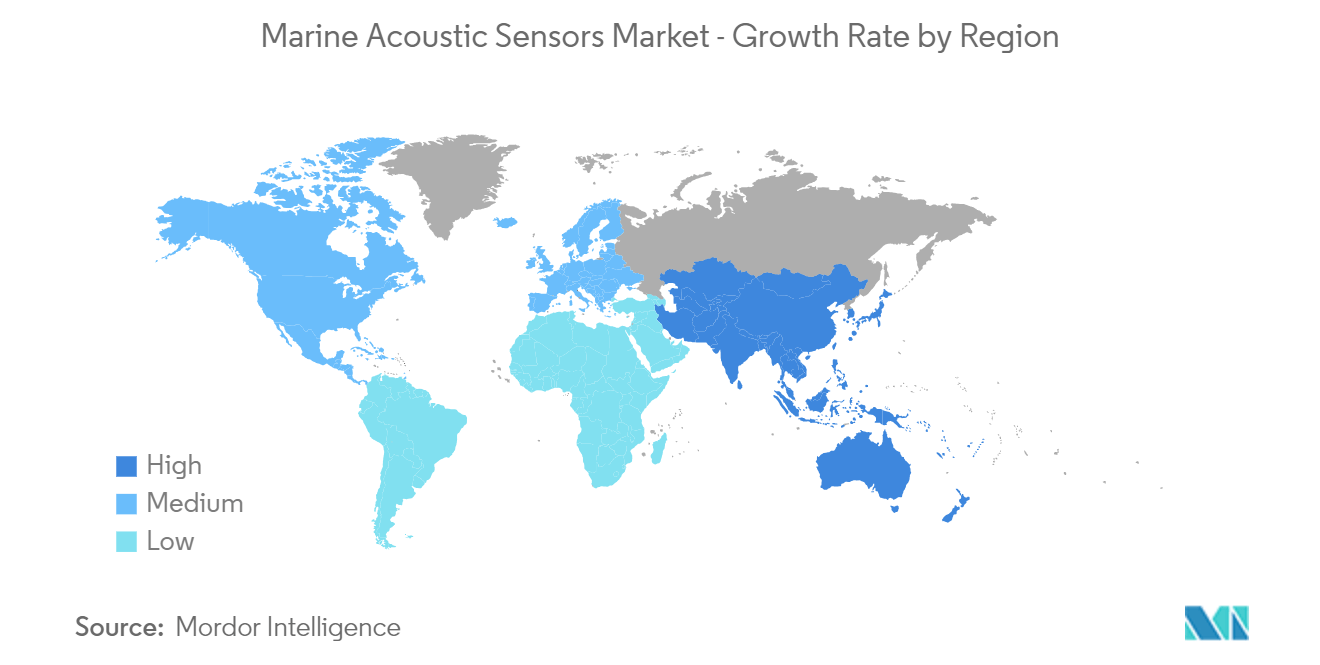Market Trends of Marine Acoustic Sensors Industry
Underwater Transducer to Hold Major Share in the Product Segment
- An underwater transducer is a device that converts one form of energy to another underwater. Marine technology often refers to devices that can convert electrical signals into sound waves (actuators) or sound waves into electrical signals (sensors). While hydrophones are a specific type of underwater transducers used for sound detection, other underwater transducers can serve different purposes, such as emitting sonar signals or generating vibrations for various applications.
- Several experiments and projects in underwater transmission are happening, further driving the underwater transducer segment. For instance, in November 2022, the NTT Corporation, NTT DOCOMO, INC, and NTT Communications Corporation performed a joint experiment on achieving broadband wireless communication for various marine activities. It succeeded at 1-Mbps/300-m underwater transmission in a shallow sea area (water depth of about 30 m) using underwater acoustic communication in field experiments.
- Various product innovations, developments, and collaborations with the defense sector are also driving the studied segment. For instance, in May 2023, In collaboration with the US Navy, Teledyne Marine completed the first-ever successful undersea glider deployment from a helicopter, marking the first time an autonomous underwater vehicle (AUV) was successfully launched from an aircraft. The Teledyne Slocum glider is a long-endurance AUV for multiple persistent operational missions. The Naval Oceanographic Office (NAVOCEANO) pilots the LBS gliders and includes collected data supporting Navy operations.
- In 2023, SIPRI reported that the United States' military expenditure made up 37 percent of global military expenditure.

North America Holds Significant Market Share
- An increase in the adoption of underwater communication in navel defense, an increase in autonomous underwater vehicles, and a surge in the need for scientific exploration and data collection are the key factors driving the growth of the underwater communication systems market in North America, further driving the market studied.
- Autonomous underwater vehicles have become mainstream for the military, navy, and coastal security forces, especially subsea operations. The US Navy extensively uses these vehicles for various applications, such as mine countermeasures (MCM), intelligence, surveillance and reconnaissance, identification (ID), and anti-submarine warfare (ASW). The Navy has accelerated acquisition strategies for the faster purchase of underwater vehicles to counter significant challenges from China.
- During the peak time of the pandemic, US Naval Sea Systems Command Washington signed a contract worth USD 11.1 million with Boeing to upgrade naval operations. The company was expected to upgrade for future naval operations such as guidance and control, navigation, situational awareness, mission sensors, population, and core communication. For instance, at the same time, the US Navy signed a contract worth USD 43 million with Boeing to develop an Orca Extra Large Unmanned Undersea Vehicle (XLAUV).
- In August 2022, the Department of Defense's Industrial Base Policy Office launched a pioneering manufacturing pilot program through the Defense Production Act (DPA) Title III Program with the Austin Center for Manufacturing and Innovation (ACMI) in Austin, Texas. The first-of-its-kind pilot program was expected to focus on advanced manufacturing technology for commercial and military applications that can be rapidly scaled to production. These developments in military applications may also drive the market studied for the region.
- The increase in defense expenses may also drive the market studied. For instance, according to the US Congressional Budget Office, defense spending in the United States is predicted to increase yearly until 2033. Defense outlays in the United States are expected to increase up to USD 1.1 trillion in 2033.


